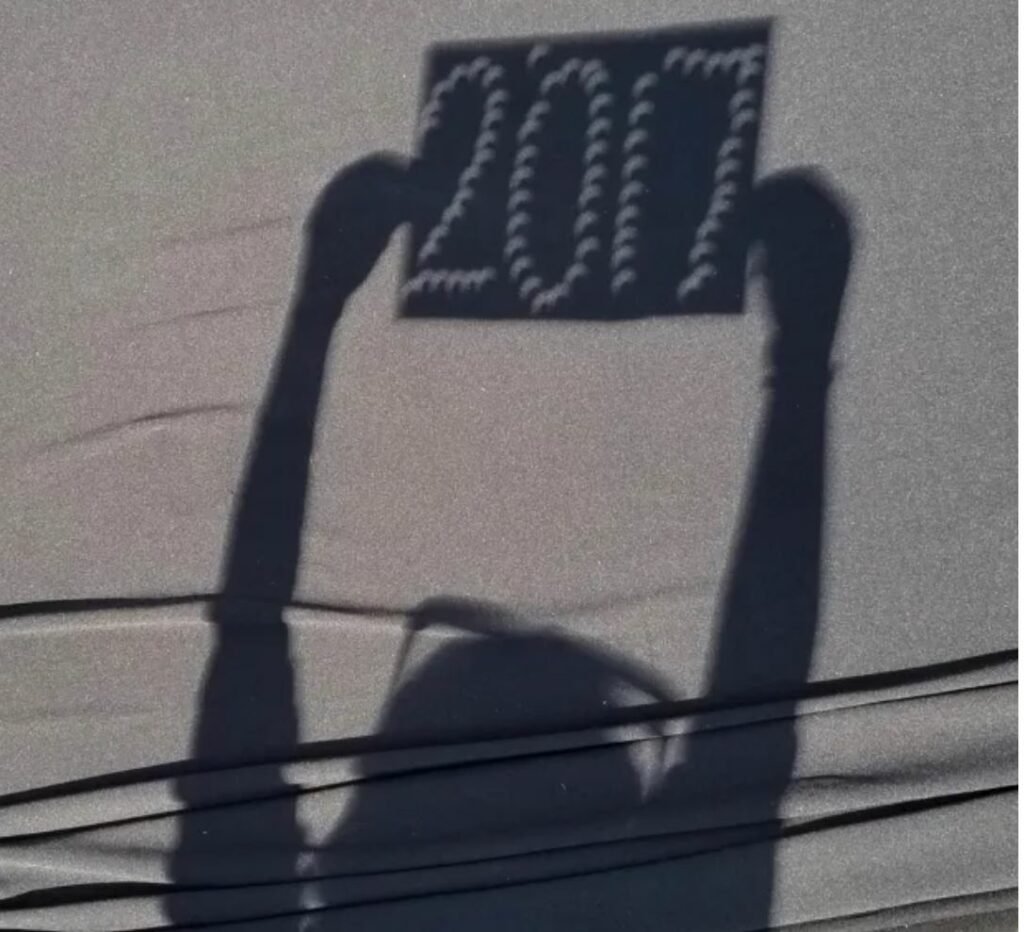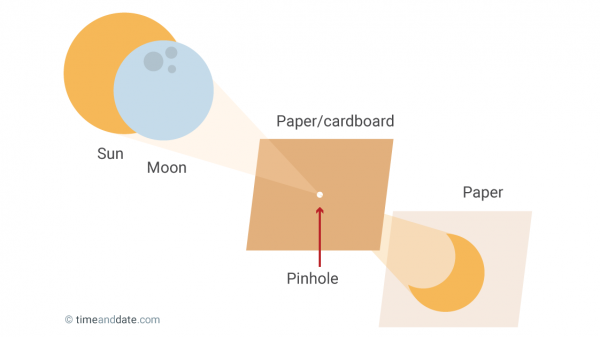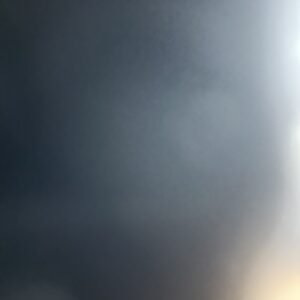Traveling to View
Only 4 of the 12 states have issued warnings to their citizens regarding the early preparation for the eclipse. Texas, has issued a warning that residents should stock up on food and gas, get their prescriptions filled, and stock up on pet supplies days before the eclipse is set to take place.
Meanwhile, Oklahoma’s also accounts for possible travel delays, “Oklahoma is expected to receive an influx of anywhere from 17,000 to 66,000 visitors to watch the solar eclipse,” according to an Oklahoma government webpage. “The large influx of visitors to southeastern Oklahoma could overwhelm and backup the area’s road systems.” To help tackle some of these unexpected delays, the website suggests a few things for residents as well as visitors. In addition to getting errands like groceries, prescription refills, and pet food out of the way, residents and visitors should also have a reliable form of communication other than a cell phone. And visitors should check the weather conditions in advance, coming prepared.
Ohio and Indiana have also been issued eclipse warnings with Indiana expected to see around 100 million visitors hoping to catch an unobstructed view of the total eclipse. Although the other 8 states haven’t been issued the same warning they’re taking their own precautions. Many states have plans to close schools and hopes that people will “stay in one place” when possible so as to avoid the added pedestrian and vehicle traffic.
Eclipse Safety

This eclipse is so popular and seemingly disruptive because it’s the first total eclipse visible in the U.S. since 2017 and will be the last until 2044. Therefore, people are flocking to where they can get the best view. Here are some tips to help make the April 8th solar eclipse more memorable and enjoyable. Safety is always a top priority, and as such, it is highly advised never to look directly at the sun, including during an eclipse.
Make sure you have a solar viewer or eclipse glasses that are not scratched or damaged and are certified ISO 12312–2 or ISO 12312–2:2015. This also applies to filters for binoculars and telescopes. Interestingly, it’s safe to remove your glasses or filters when the eclipse has reached totality, however, in the moments before and after it’s vital to have them on. Similarly, they should be in place prior to looking at or away from the sun.
If you’re enthusiastic about learning more and sharing that knowledge with others, read up on some facts about previous eclipses, factors of total vs partial eclipses, and what happens to the sun during that time.
Fun Project: A Pinhole Projector to Safely View a Solar Eclipse

You can also try a fun DIY project, like making a pinhole projector to safely view the eclipse.
Supplies
- Two pieces of stiff white paper board, like plates. Plain white paper will also suffice.
- Something to poke a small hole like a thumbtack or sewing pin.
Directions
- Take one sheet of paper and make a tiny hole in the middle with the thumbtack. The hole should be round and smooth.
- When it’s time to view the eclipse, turn your back to the sun and rest the paper without the hole on your shoulder so the Sun shines on the paper.
- Hold the second paper, or “screen,” at a distance to see an inverted image of the Sun being ” projected.” You can increase the size of the image by moving the “screen” closer or further away.



